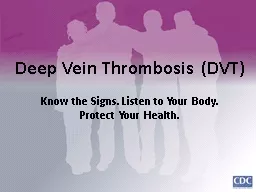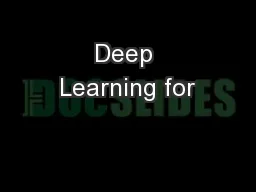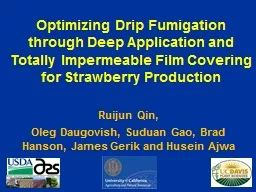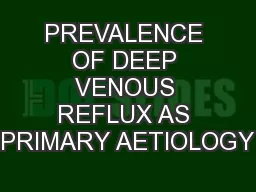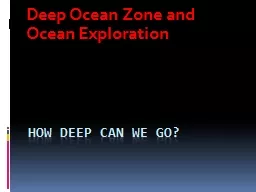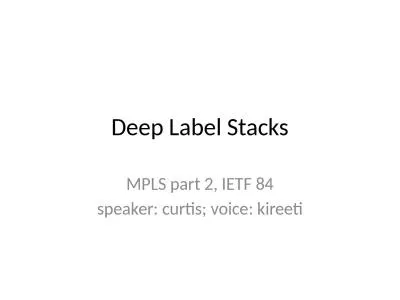PPT-How deep can we go? Part 2
Author : joyousbudweiser | Published Date : 2020-06-15
Lets review The deep ocean zone BENTHIC zone is the LARGEST sized ocean by far Because of crushing pressure darkness and its huge size most of it is unexplored
Presentation Embed Code
Download Presentation
Download Presentation The PPT/PDF document "How deep can we go? Part 2" is the property of its rightful owner. Permission is granted to download and print the materials on this website for personal, non-commercial use only, and to display it on your personal computer provided you do not modify the materials and that you retain all copyright notices contained in the materials. By downloading content from our website, you accept the terms of this agreement.
How deep can we go? Part 2: Transcript
Download Rules Of Document
"How deep can we go? Part 2"The content belongs to its owner. You may download and print it for personal use, without modification, and keep all copyright notices. By downloading, you agree to these terms.
Related Documents


